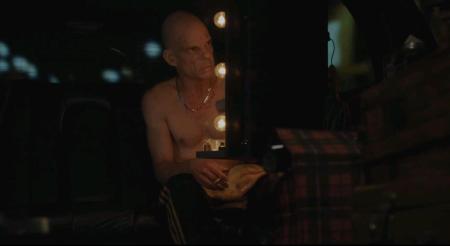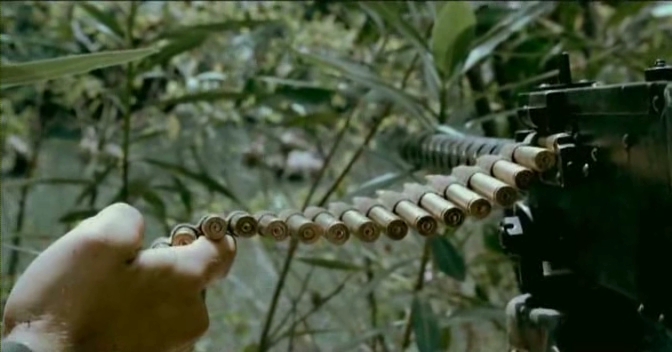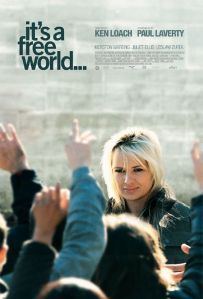Often described as “weirdest movie of 2012”, Leo Carax’ surrealist film has left many viewers perplexed. It may not be perfect, but it was the most wonderful complex and meaningful film I saw in 2012.
So what does it all mean?
Leo Carax’ Holy Motors asks a number of existential questions.
What is this thing we call life?
Is there such a thing as community?
The film starts with the protagonist leaving his family for work in the morning, and by the time he returns he enters a completely different home, his original community seemingly forgotten.
What is reality?
What is the nature of our position in relation to the world around us?
What are we? Are we what people see when they see us, or something else?
Holy Motors is a meditation on all of these epistemological questions.
One of the main themes is performance in life and cinema. The main character is constantly changing identity in the movie. Is there a substance behind the layers upon layers of the roles we play?
At one point the lead character bumps into an old friend, played by Kylie Minogue.
She asks: “Is it you?”
“I think so,” he answers.
Shortly thereafter Minogue breaks into a euphoric dance-number: “Who were we, when we were who we were, back then? Who would we have become, if he had done differently back then?”, she sings.
After they say their goodbyes, as soon as he leaves, she pulls off her blond wig and costume, and throws herself off a balcony, killing herself.
It’s about Art and about Hollywod.
At one point a character says: “Beauty in the eye of the beholder. What if there is no longer a beholder?”
To what extent does an artwork have to find an audience in order to be considered worthwhile? What if there are only a few spectators – what if there are none?
It’s a beautiful and thematically complex movie – the most though-provoking film I saw this year.









 “Form is content. But other things can be content too”, Brian De Palma once said.
“Form is content. But other things can be content too”, Brian De Palma once said.